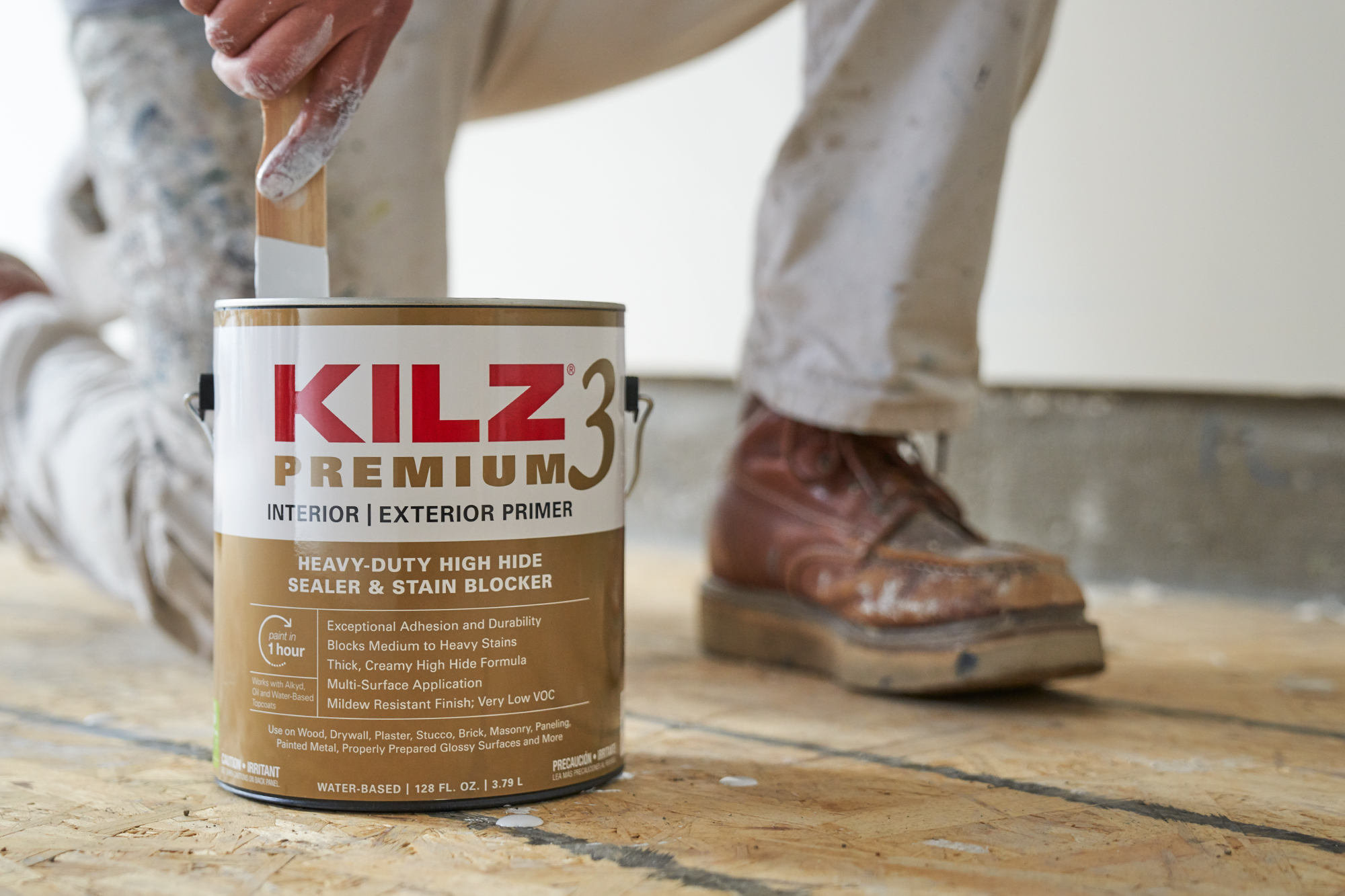
Ask the Pro: Primer Makes a Paint Job Better
April 19, 2021
It’s no secret that here on The Perfect Finish we’re advocates of proper prep work, and for us that conversation always includes priming before you paint. Primer can do a lot for your paint job, and the professionals know it’s worth the extra step.
To share all the reasons why and how primer makes your paint job better, and answer some often asked primer questions, we brought back Product Manager John Golamco. He’s been on the KILZ team for over six years and has a wealth of primer knowledge. Ready to learn more? Let’s get rolling!
Is primer only necessary when your paint does not have primer in it?
Applying primer is an essential prep step when you apply paint or a topcoat coating. As such, it is important to apply primer first and then (once it’s dry) apply the topcoat/paint over the primer coat. Primer is engineered differently from paint – primer has more resin/binder in the formula, which is the “sticky stuff” that helps with adhesion and other additives that give the primer its ability to solve a variety of problems. Paint, on the other hand, has more pigment in the formula in order to deliver color.
How does primer make my paint job more durable and long-lasting?
Primer helps the paint or topcoat stick to the surface better and prevent problems like peeling and cracking – ensuring the topcoat lasts longer on the surface. Depending on the type of primer (there are several types), it can solve a variety of surface related conditions and problems that could ruin your topcoat paint if you didn’t apply primer first. Primers can evenly and uniformly seal porous surfaces; hide previous colors or marks and stains; block and seal in bleeding stains (like tannin, grease, nicotine, water stains… just to name a few!); seal in unwanted odors; enhance adhesion and help bond the paint/topcoat to the surface; and prevent mold or mildew on the primer film surface, and other special features. There are even primers formulated for different spaces in the home, like KILZ Kitchen & Bath Primer.
How many coats of primer do I need?
Typically, you only have to apply one or two coats of primer to achieve optimal results for which it is intended. One common misconception is that you need to continue to apply coats of primer until you completely cover the surface in a white finish or hide every area possible like you would do a paint. It is not the primers job to provide the final complete paint finish – that’s the paint’s job. Even if it doesn’t look completely covered, one or two coats is all you need as long as it is evenly applied. For blocking water stains or tannin from a “fresh” red wood surface, more premium stain blocking primer is recommended.
Does primer work on all previous paint sheens?
Just like most things you can buy, there are different types of primers ranging from the simpler ones that are made to just seal porous surfaces to the more sophisticated ones that offer additional features and benefits. Typically, the higher performing, more premium primers have better adhesion performance that allows it to stick to more surface types. Typically, the denser/harder the surface and the more sheen (higher gloss), the more difficult it is for paint or primer to adhere to. We recommend using high adhesion bonding primers for dense, glossy surfaces. Sometimes it is also necessary to perform a light sanding of the surface to help the primer bond to it. A high-performance primer such as KILZ 3® Premium Primer or KILZ® Restoration Primer will work with most paint sheens.
Can I apply primer on wallpaper?
When it comes to painting over old wallpaper, the best practice is to remove it completely, remove any old wallpaper glue and dirt residue, ensure the surface is clean and smooth and then apply primer and then topcoat with new paint. However, if painting over old wallpaper is needed, we recommend ensuring the old wallpaper is not peeling and adhesion to the wall is still sound. Then use an oil base primer such as KILZ® Original Primer to prime the surface before applying paint. Using an oil base primer will make sure there is less chance the adhesive of the wallpaper (which may be exposed at the seams) is compromised.
Is there a primer with a clear finish?
Most primers will adhere to wood however there are special primers that will apply in a clear transparent finish. We recommend KILZ KLEAR® Clear Sealer & Bonding Primer – a high performance fast-drying, multi-surface clear primer developed to seal highly porous surfaces inside and outside your home. It is also recommended for use when painting the same topcoat paint color on top of an existing paint coat.
Can primer be applied to peeling paint?
Applying primer or any additional topcoat coating to already peeling paint is not recommended. The adhesion or bonding of the paint to the surface is already compromised. Adding more layers of primer or any coating will add weight to the compromised paint and might cause it to peel off completely. We recommend removing the peeling paint and starting fresh with a clean surface.
Always remember to refer to our website kilz.com or product back labels for additional information on which primer is right for your project and detailed instructions on how to apply our products.
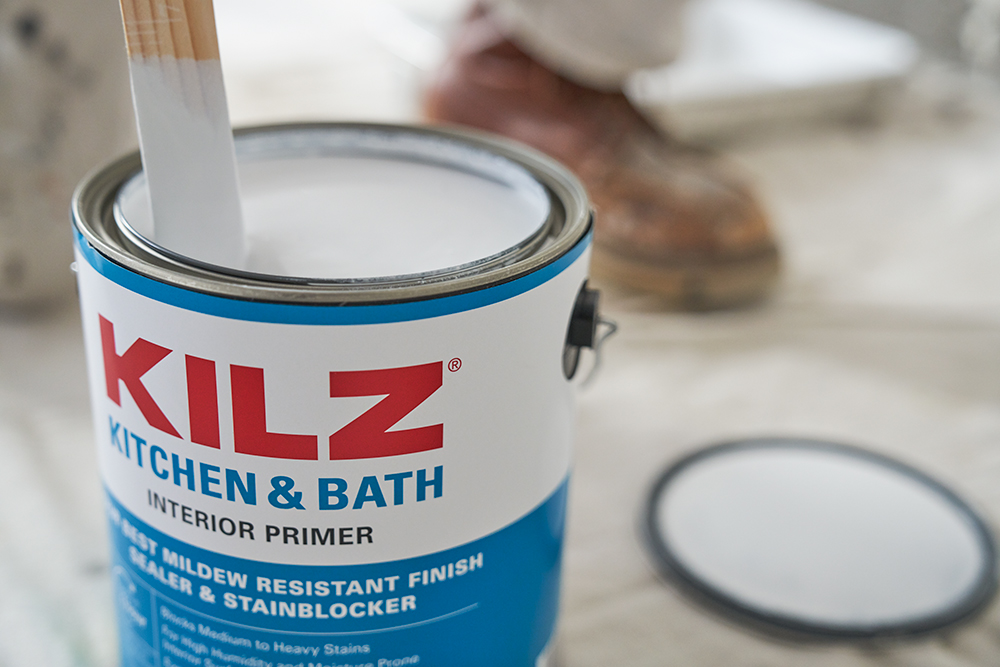
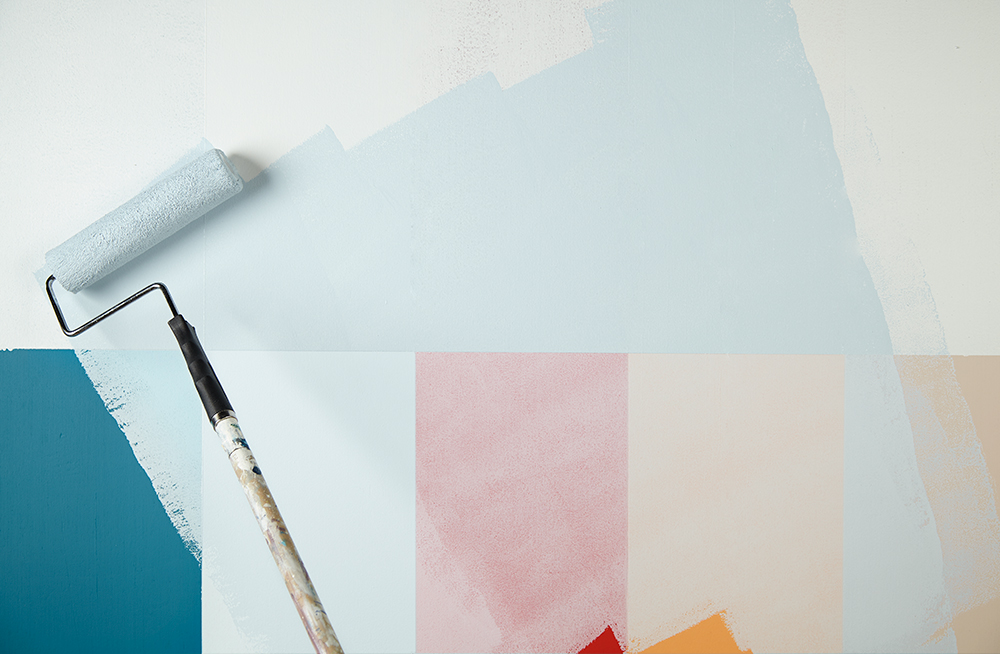
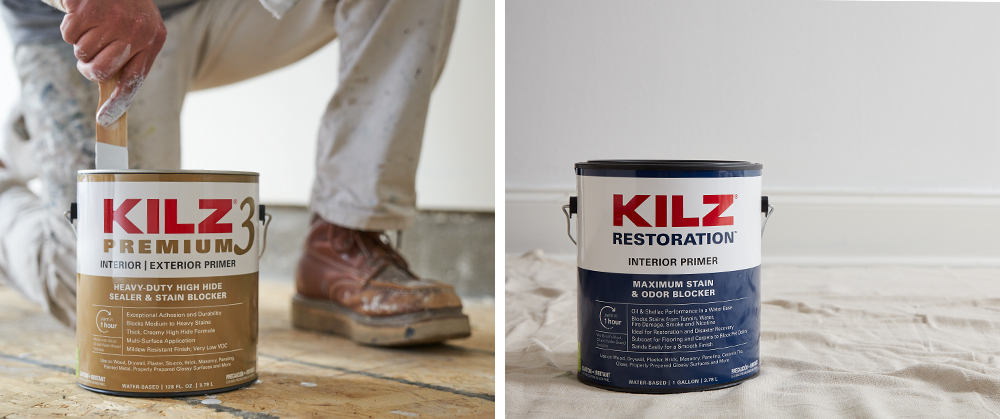
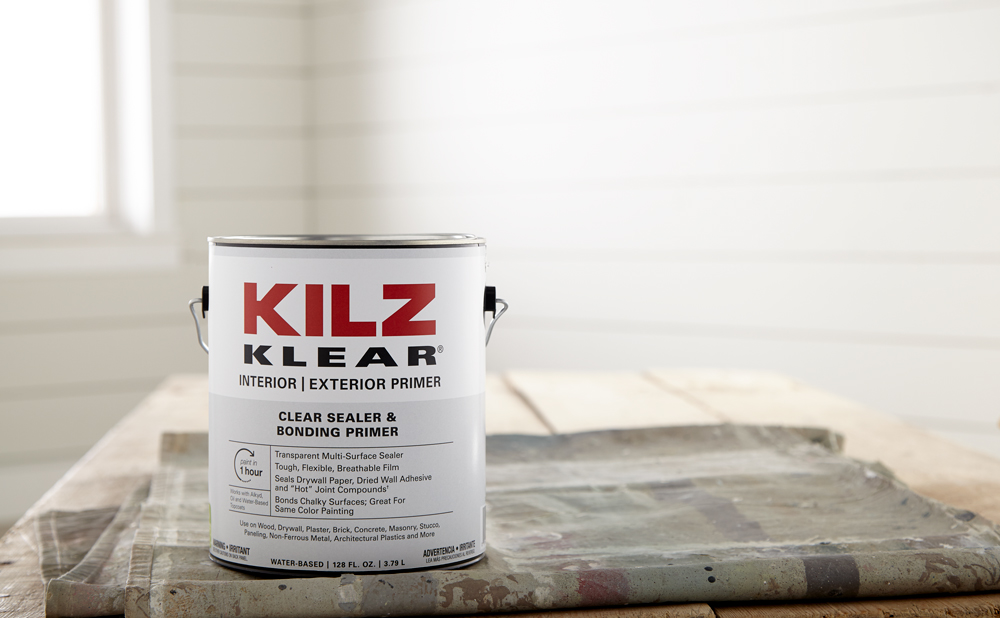
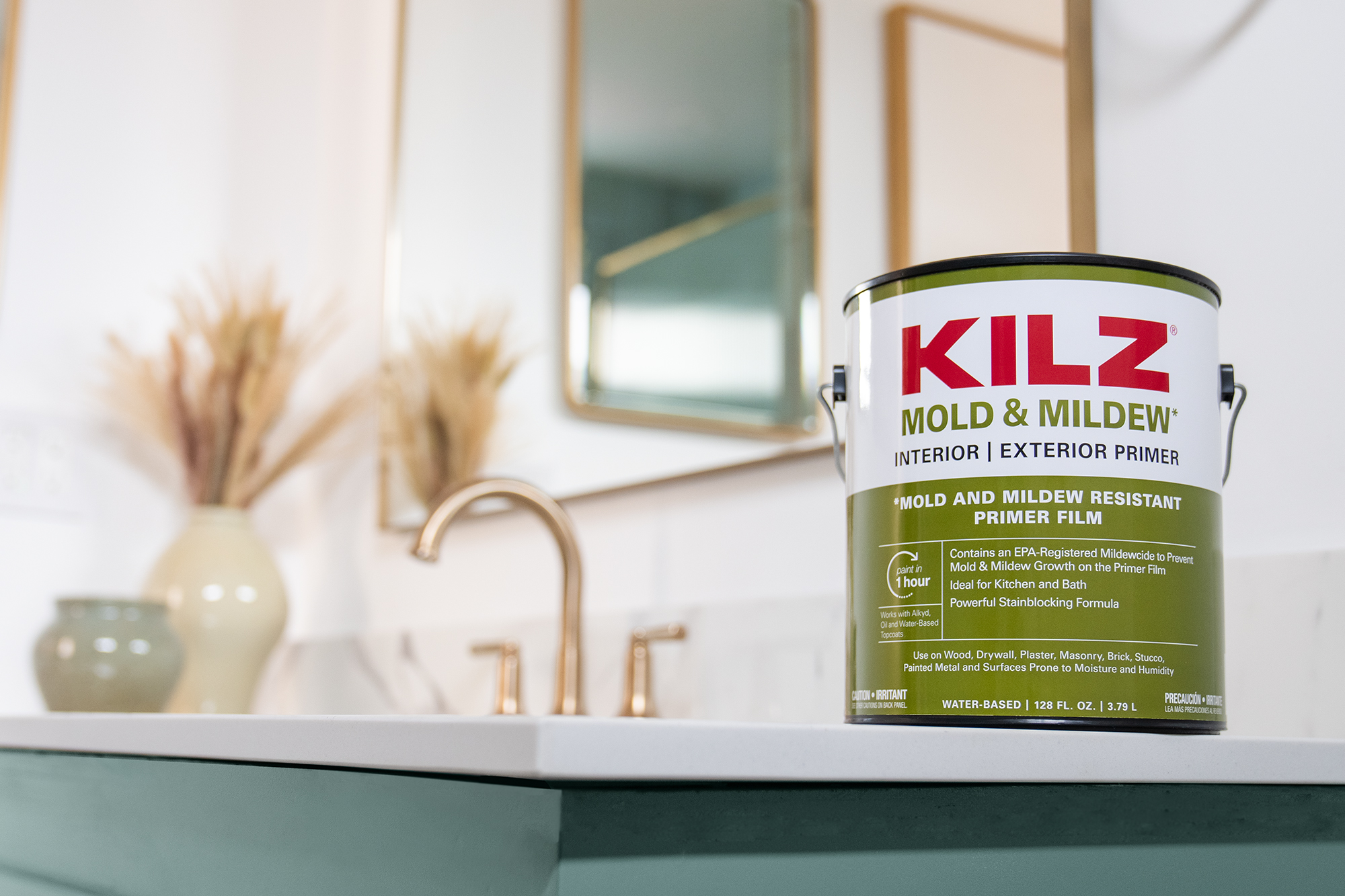
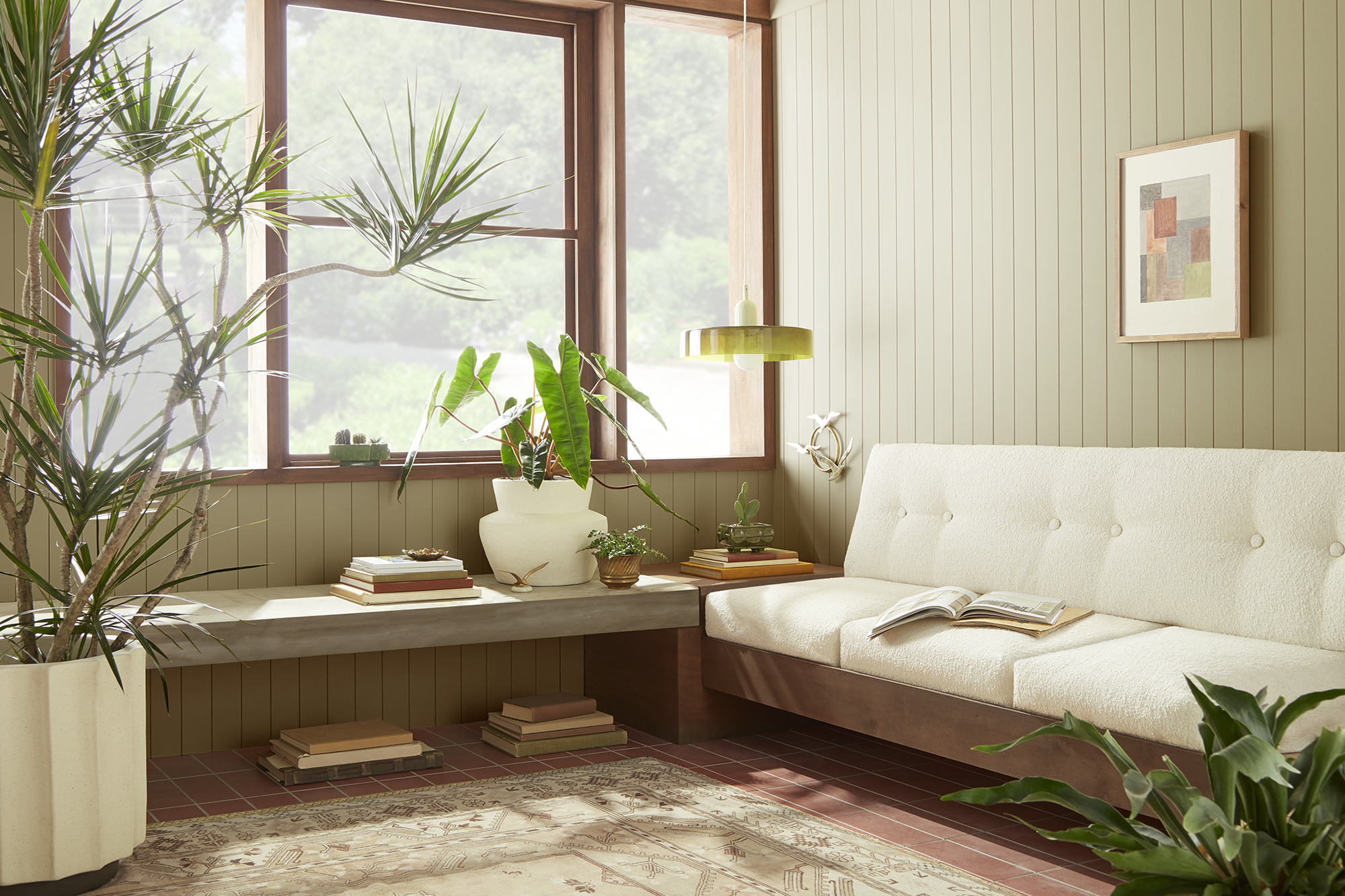

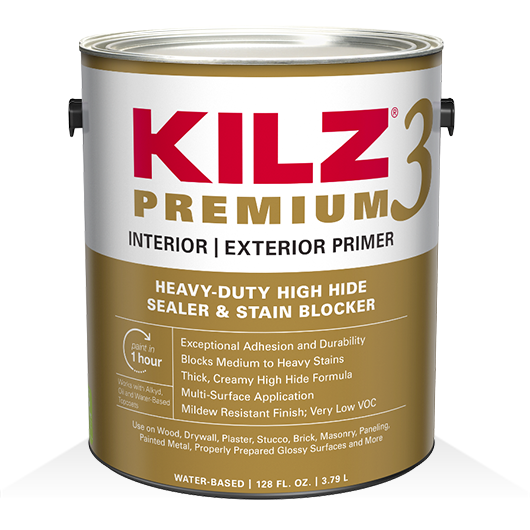
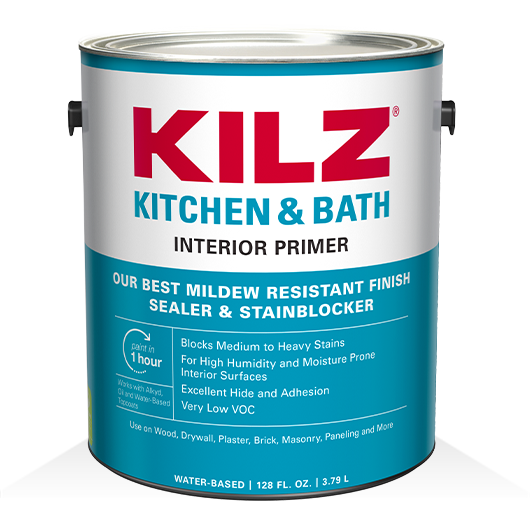
join the conversation:
SHARE this post:
COMMENTS: